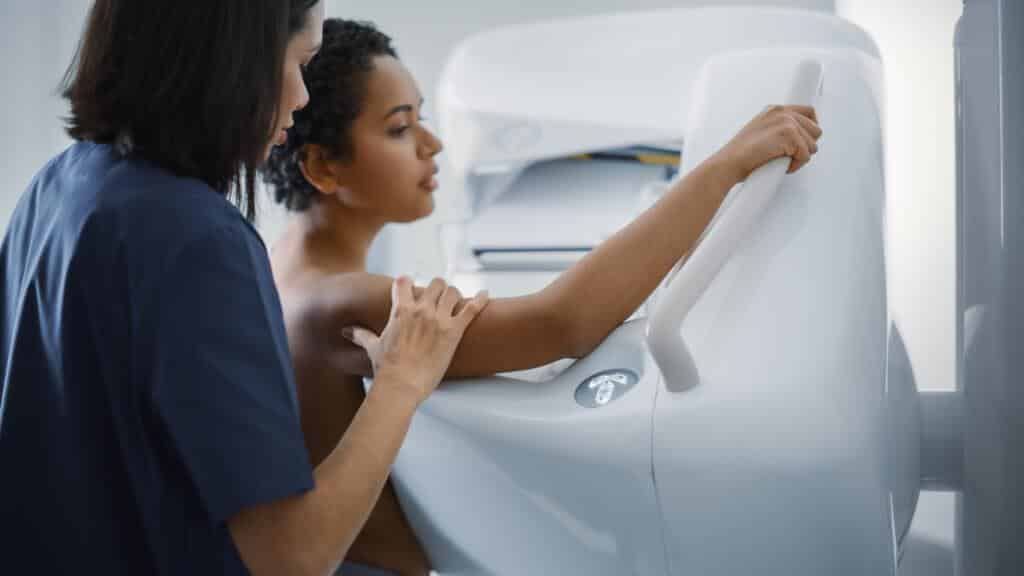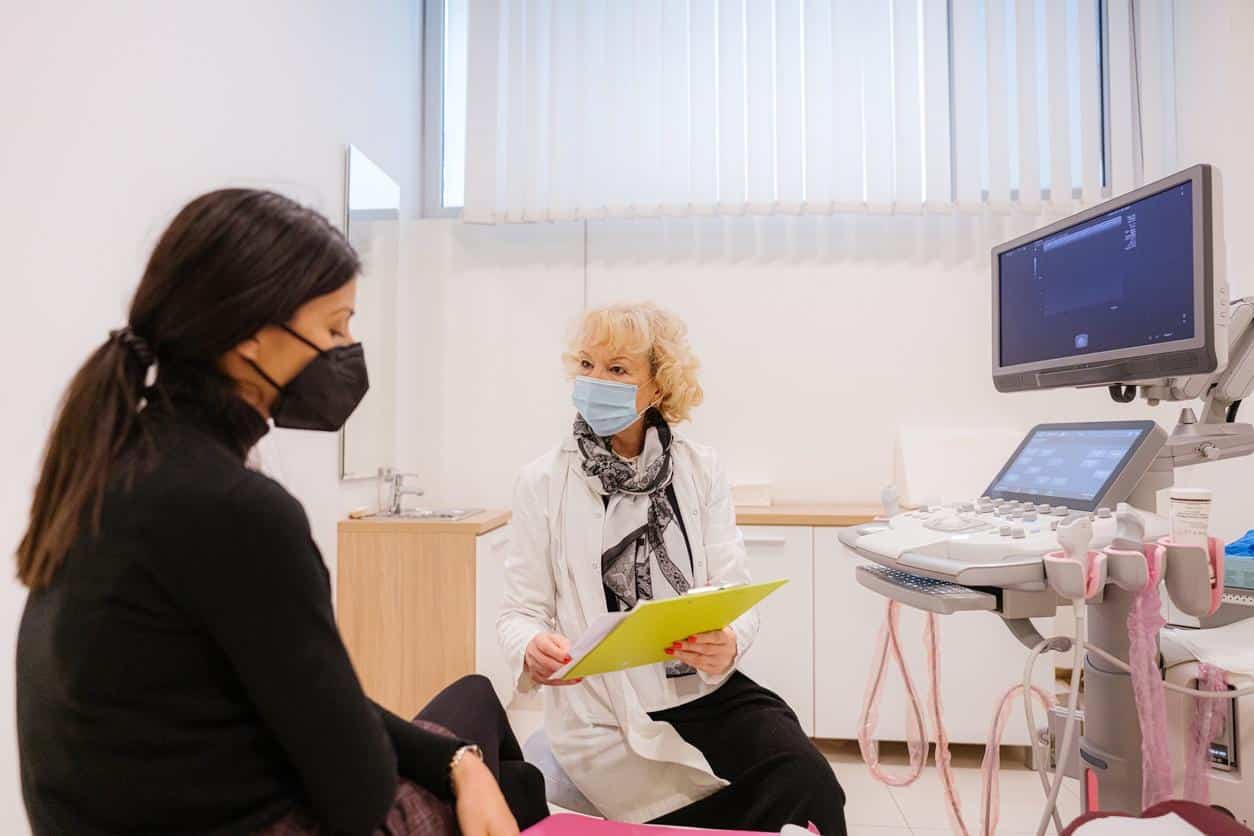According to the ACS (American Cancer Society), breast cancer screening tests such as mammogram helps detect the disease before it causes symptoms. At this stage, breast cancer is usually small and still confined to the breast.
The Society recommends that women aged between 45 and 54 get an annual mammogram testing, while those between 40 and 44 have the option of starting the yearly screenings. Similarly, once the women reach 55 and above, they may continue with the annual screenings or switch to one screening every 24 months.
Decline in Mammogram Screening During the Pandemic
After the outbreak of COVID-19, elective medical procedures stopped being a priority, as stringent measures were implemented to prevent the spread of the virus. As a result, mammogram screening dropped significantly as women avoided healthcare settings.
The slowdown in this life-saving procedure translated to delayed diagnosis and treatment for many positive cases, thereby increasing future mortality rates. According to JNCI (Journal of the National Cancer Institute), a prompt return to regular screening and evaluation of symptomatic women is essential to mitigate the effects of the pandemic disruptions.
While the pandemic may have dropped the annual mammogram screenings, voluntary testing is not always 100%, especially among women from disadvantaged backgrounds. General misconceptions about who is and is not at risk of breast cancer make even at-risk women fail to prioritize regular screening.
For instance, some women think they are not at risk because there’s no history of breast cancer in their families. Others believe one needs to have symptoms, such as a lump or breast pain, to get screened for breast cancer. Hence they translate a lack of symptoms to mean they are safe.
Is It Safe to Go for a Mammogram During the Pandemic?
The CDC (Centers for Disease Control and Prevention) has strict guidelines which healthcare centers should follow in managing their operations during the COVID-19; hence screening is safe. For instance, every screening center should;
- -Implement COVID-19 infection control and prevention practices, including maintaining physical distancing, disinfecting premises and equipment, etc.
- -Monitor the health professionals for fever and COVID-19 symptoms and restrict those exposed or sick from reporting to work
- -Screen patients for COVID-19 symptoms before conducting the mammogram screening
- -Ensure health professionals and patients abide by COVID-19 protocols, including wearing a mask, using a hand sanitizer, etc.
Mammogram Call-Backs During the Pandemic
ACS observes that mammograms are not perfect. Sometimes, a mammogram may require additional tests to determine whether an abnormal tissue detected during screening is or is not cancer.
This has been the case, especially in women getting screened immediately after their COVID-19 vaccination (Pfizer, Moderna). After getting vaccinated, lymph nodes may develop under the arm, which experts indicate is a normal immune response to the vaccine. If you go for your regular screening while the lymph nodes are still enlarged, the mammogram may detect the lump, requiring further tests to find whether it’s cancerous or not.
To avoid these call-backs, women are advised to schedule their mammogram screening before receiving their first COVID-19 dose or hold until after four to six weeks of the second dose.

What You Need to Know About Mammograms
A mammogram is an X-ray (low-dose) image of the breast, which doctors use to detect early signs of cancer or check for breast cancer if symptoms are detected. The former type of procedure is called a screening mammogram, while the latter is known as a diagnostic mammogram.
A screening mammogram is an effective cancer prevention procedure in that it can detect it even three years before the symptoms manifest. If detected, treatment commences immediately, boosting the chances of cure.
Here are facts about mammograms you may not know.
- -Early detection reduces the risk of succumbing to cancer by 25-30%.
- -Screening and diagnostic mammograms use the same machines, but the latter takes longer, and the total radiation dose is higher.
- -False-positive results (where an abnormality is detected) must be followed up by additional tests to determine cancer presence.
- -False-positive results are more likely to occur among younger women as they have denser breasts than older women. Those with breast cancer history in their family and women taking estrogen also have an increased chance of false-positive results
- -Mammogram screening is a fast procedure that takes about 20 minutes
- -Digital mammogram increases procedure accuracy as the doctor can enlarge unclear sections from the computer for a closer look
- -Mammogram screening can miss 20% of breast cancers, but it’s the best primary cancer detection tool available
- -10% of women taking a mammogram screening go for additional tests; out of those, 10% may require a biopsy, but 80% of the biopsies turn negative for cancer.
- -Thermograms are not mammograms substitutes
Things to Remember Before Going for Mammogram Screening
Below are tips to keep in mind while preparing for your screening
- -Don’t wear perfume, deodorant, powder, or lotion under your arms or on your breasts while going for the test, as they may appear as white spots on the X-ray
- -Always carry your previous mammograms for comparison
- -Inform the physician in case you have breast implants as this might require taking more images
Key Takeaways
- -Many women with breast cancer do not manifest symptoms. Hence, regular screening, especially in women aged 45 and above, is essential. Women between 40 and 44 may still opt for mammogram screening, while those aged 55 and above may shift to screening after 24 months instead of one year.
- -Early breast cancer detection increases the chances of successful treatment as it’s usually small and confined in the breast.
- -The drop in cancer screening during the pandemic has increased the rate of future mortality, hence the importance of resuming regular mammograms to prevent more cases
- -You can minimize your chances of false-positive results by scheduling your screening before taking the first dose of COVID-19 or four to six weeks after the second dose.
Schedule Your Mammogram Screening With Women’s Imaging Specialists
Women’s Imaging Specialists strictly follow all CDC guidelines and our facilities are separate from any hospitals and safe to use during this challenging time.
Mammogram screening is still essential in maintaining breast health during the pandemic. If you fall under the age group of at-risk women, it’s paramount that you don’t postpone your screening any longer, as early detection can save your life. Visit our screening page to schedule a mammogram screening today.


